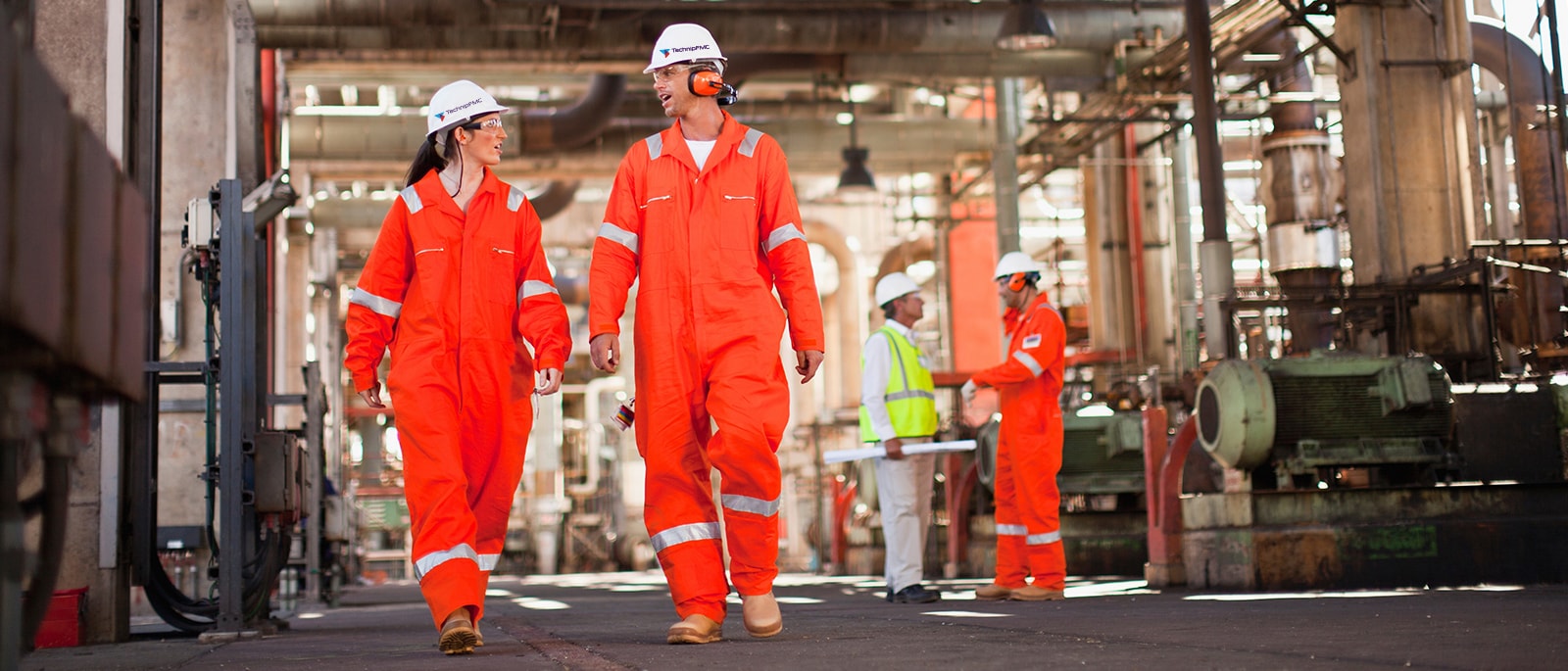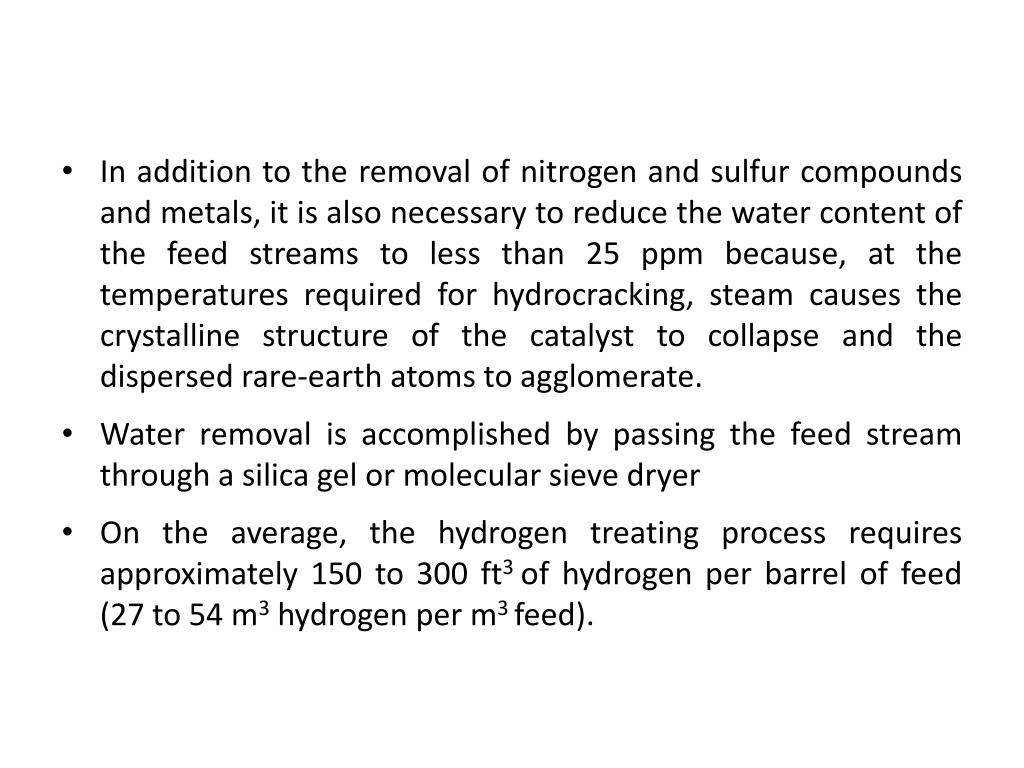


#DISADVANTAGES OF HYDROCRACKING CRACKED#
Any deviation from the standard will require a waiver from the appropriate authority. Hydrocracking is a two-stage process combining catalytic cracking and hydrogenation, wherein heavier feedstocks are cracked in the presence of hydrogen. If necessary the performance tests can be conducted during the catalyst cycle to validate performance guarantees. The standard also indicates that QA/QC tests on a pre-delivery sample are required before the catalyst is shipped to the refinery. Finally, an economic evaluation on the technically acceptable catalyst systems, together with the performance guarantee and users' comments, will determine the winning catalyst system. In addition, the selection process includes a survey on users to get their feedback on performance of the proposed catalyst systems. A major problem for refiners looking to process tight oil in the hydrocracker is the relative lack of gasoil material provided by this feed, potentially leading. The P/P testing is conducted under the same operating conditions to mimic the commercial operations.

If necessary, the selection process includes pilot plant (P/P) testing of potential catalysts. In the most common case, the acidity component is based on USY zeolite while the hydrogenating component is based on Co-MoS 2 /Al 2 O 3 for low-pressure operation. The initial evaluation rules out some inappropriate proposals. Hydrocracking catalysts are essentially polyfunctional materials with at least one acidic function mainly promoting catalytic cracking and a second component promoting hydrogenation.

The catalyst selection procedure starts with development of the technical package and performance guarantee which we send to vendors to solicit catalyst proposals, and initial screening of all technical proposals by benchmarking them against the refinery desired criteria. Saudi Aramco has developed a standard to establish requirements for selection and quality assurance/quality control (QA/QC) of refining process catalysts. The advantages of hydrocracking include its ability to handle a wide range of feedstocks that may be difficult to process by catalytic cracking and its. China witnessed the highest capacity growth from 2015 to 2020 with an AAGR of 5.6% among the key countries, followed by Russia and Canada with 3.9% and 2.3%, respectively.Saudi Aramco Standard for Refining Process Catalyst Selection Other key countries in terms of refinery hydrocracking unit capacity were China, India, Russia and Canada with 2,268Mbpd, 630Mbpd, 565Mbpd and 561Mbpd, respectively. The US had the highest refinery hydrocracking unit capacity globally in 2020 with 2,385Mbpd. Although the initial costs of construction are high, the long-term benefits are. Hydropower is also safe since it doesn’t involve combustion of fossils fuels. It’s a renewable resource, which means it will never end, giving it a sense of reliability. The US, China, India, Russia and Canada are the major countries that accounted for 54.9% of the total global hydrocracking unit capacity in 2020. While hydropower energy has some noted disadvantages, its advantages are far greater. It is expected to increase from 11,683Mbpd in 2020 to 14,934Mbpd in 2025 at an AAGR of 4.9%. A disadvantage of operating in a higher nitrogen slip mode is putting the burden of this work on the cracking catalyst, which causes it to lose its selectivity. GlobalData’s latest report, ‘ Global Refinery Hydrocracking Units Outlook to 2025 – Capacity and Capital Expenditure Outlook with Details of All Operating and Planned Hydrocracking Units,’ says that the global hydrocracking unit capacity increased from 10,396 thousand barrels per day (Mbpd) in 2015 to 11,683Mbpd in 2020 at an Average annual growth rate (AAGR) of 2.3%.


 0 kommentar(er)
0 kommentar(er)
